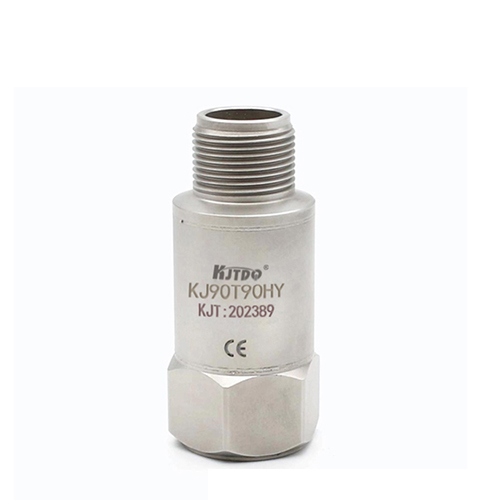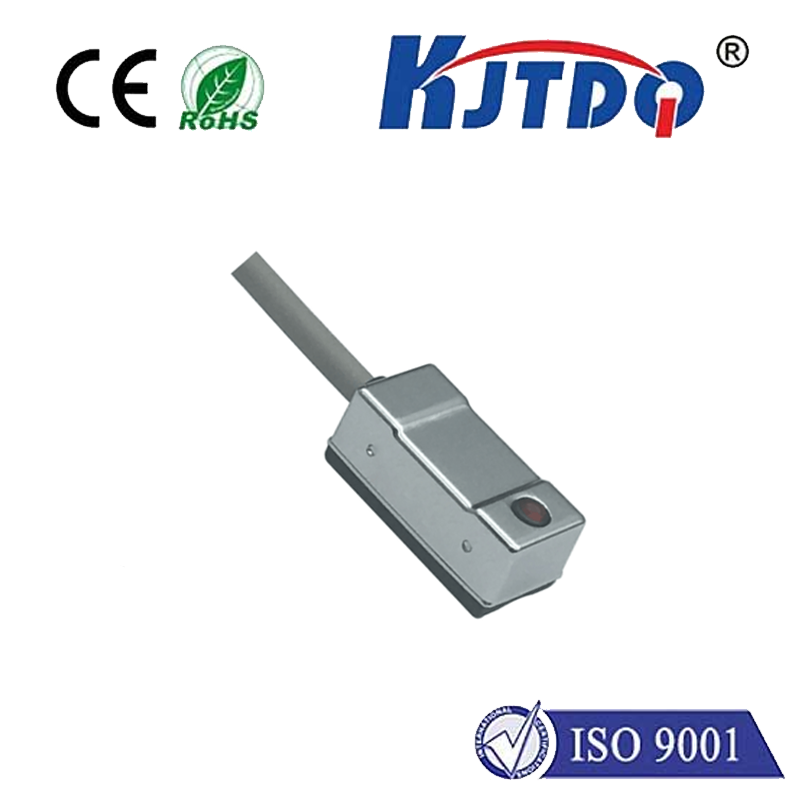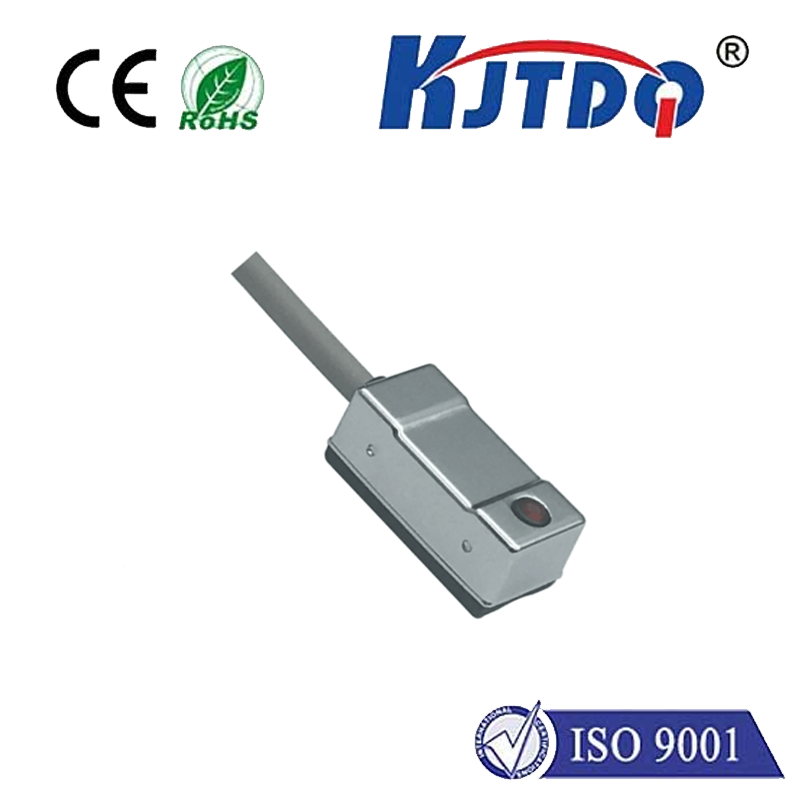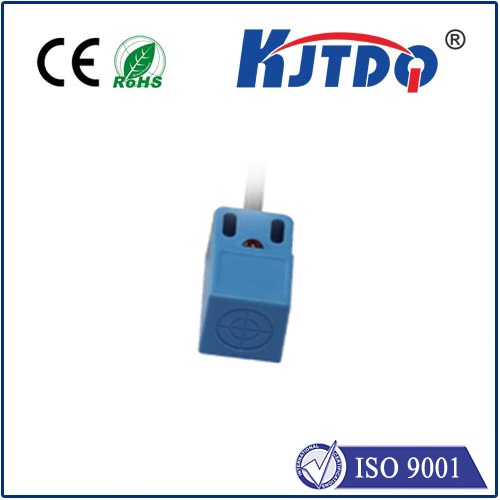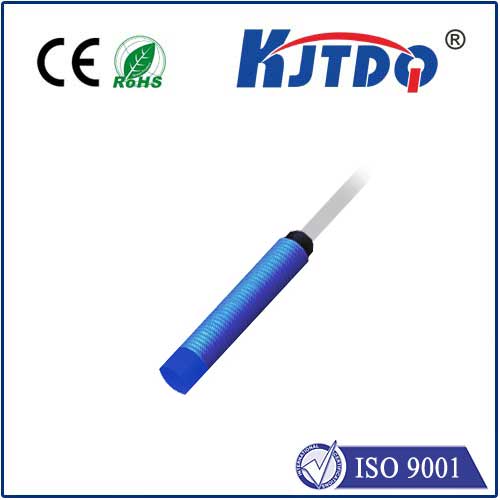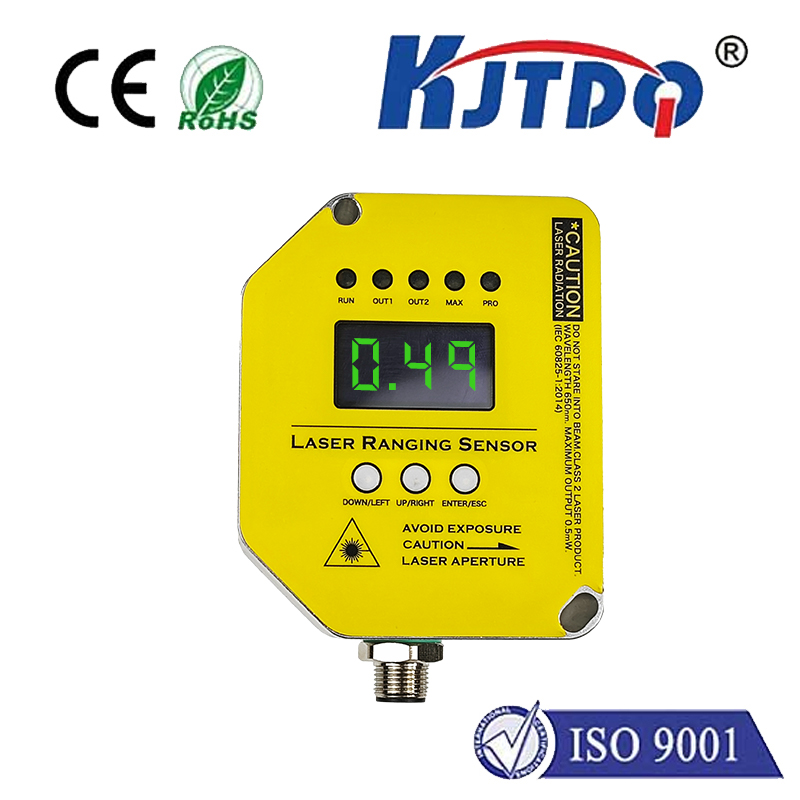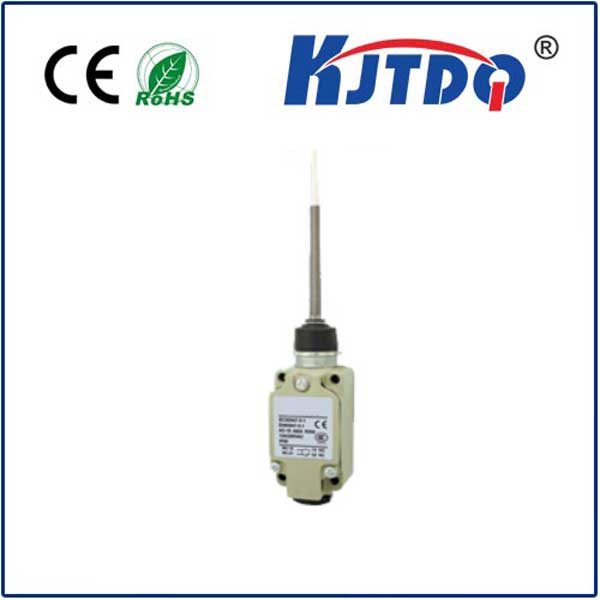high frequency pressure sensor
- time:2025-08-25 00:38:09
- Нажмите:0
High Frequency Pressure Sensors: Capturing Every Microsecond of Dynamic Pressure Change
Imagine the inside of a rocket engine during ignition: explosive pressures building and collapsing in mere milliseconds. Or picture the turbulent airflow dancing across an aircraft wing at supersonic speeds. In countless demanding applications across industry and research, pressure isn’t static – it pulses, oscillates, and spikes with astonishing speed. Capturing these rapid transients accurately is not just desirable; it’s often critical for performance, safety, and innovation. This is where the high frequency pressure sensor emerges as an indispensable tool, acting as the high-speed camera for pressure dynamics. This specialized instrument is engineered to resolve pressure changes occurring within microseconds or even nanoseconds, providing engineers and scientists with the precision data needed to understand and master the most dynamic environments.
Understanding the “High Frequency” Imperative
А.high frequency pressure sensor fundamentally differs from standard pressure gauges in its ability to accurately track pressure fluctuations occurring at very high rates. While a typical industrial sensor might update readings a few times per second, a true high-frequency variant operates in the kilohertz (kHz) or even megahertz (MHz) range. This capability is defined by several key characteristics:
- High Natural Frequency: The sensor’s internal structure (diaphragm, sensing element) must possess a high resonant frequency. This determines the sensor’s inherent ability to vibrate rapidly without distorting the signal. Exceeding this frequency leads to inaccurate readings or damage.
- Ultra-Fast Response Time: Measured in microseconds (µs) or nanoseconds (ns), this is the time it takes for the sensor output to reach a significant percentage (e.g., 90%) of the final value when subjected to a sudden pressure step change. Low response times are paramount for capturing sharp transients.
- Minimized Damping: Internal damping mechanisms that smooth out signals in slower sensors are undesirable here. Reduced damping allows the sensor to react instantaneously to pressure changes.
- High Sampling Rate & Bandwidth: The associated data acquisition system must be capable of sampling the sensor’s output signal fast enough to satisfy the Nyquist-Shannon theorem. The sensor and system’s combined bandwidth must exceed the frequencies of the pressure phenomena being studied.
How They Operate: Core Technologies

Achieving these demanding specs relies on advanced sensing principles and meticulous design:
- Piezoelectric: The most common technology for extremely high frequencies. A quartz or special ceramic crystal generates an electrical charge proportional to applied mechanical stress (pressure). They are naturally resilient, offer very high natural frequencies (often hundreds of kHz), and provide microsecond response times. However, they typically measure dynamic pressure changes (AC coupled) rather than steady-state (DC coupled) pressures.
- Piezoresistive (Silicon/MEMS): Micro-Electro-Mechanical Systems (MEMS) technology creates tiny silicon diaphragms with embedded strain gauges whose resistance changes with pressure-induced strain. Advanced MEMS designs achieve high natural frequencies (tens to hundreds of kHz) and sub-millisecond response times. They generally offer DC response, meaning they can measure both static and dynamic pressures accurately. MEMS sensors excel in miniaturization and integration.
- Capacitive: Measure pressure by detecting changes in capacitance between a diaphragm and a fixed plate. They offer good sensitivity and stability. Specialized high-frequency capacitive designs exist but are less common for the extreme high-end compared to piezoelectric.
- Optical: Utilizes changes in light intensity, wavelength, or phase induced by pressure deformation of a diaphragm or optical fiber. They offer advantages in EMI immunity and remote sensing, and some specialized fiber optic sensors achieve very high bandwidths.
Crucial Features and Design Considerations
Selecting the right high frequency pressure sensor requires scrutiny beyond just the max frequency spec:
- Pressure Range: Must be suitable for the peak pressures expected, including potential overpressure spikes.
- Sensitivity & Resolution: The ability to detect small pressure changes within the high-speed signal is vital for subtle dynamics.
- Ruggedness & Durability: Often deployed in harsh environments (high temperatures, intense vibration, corrosive media), robust construction using materials like stainless steel or specialized alloys is essential. Диапазон рабочих температур is a critical parameter.
- Mounting & Installation: The sensor’s mounting significantly impacts its frequency response. Improper mounting (loose threads, adhesives, long tubing) can severely dampen or distort the signal. Flush mounting is often preferred to minimize cavity effects. Miniature size aids in achieving higher natural frequencies and better spatial resolution.
- Media Compatibility: The sensor wetted materials must withstand the process fluid or gas without degradation.
- Signal Conditioning: High-frequency signals often require specialized charge amplifiers (for piezoelectric) or signal conditioners with high bandwidth and low noise characteristics located close to the sensor.
Where High Speed is Non-Negotiable: Key Applications
- Aerospace & Propulsion: Jet and rocket engine combustion instability monitoring, turbine blade pressure profiles, aerodynamic flutter testing, shock wave detection, wind tunnel measurements. Capturing kHz combustion dynamics prevents catastrophic engine failure.
- Automotive Engine Development: In-cylinder pressure analysis for combustion optimization (knock detection, HCCI research), turbocharger surge characterization, fuel injection system analysis (pressure ripple), exhaust gas pulsation. Essential for improving efficiency, power, and emissions.
- Industrial Process Monitoring & Control: Detecting pressure surges (water hammer) in pipelines, monitoring pump cavitation, analyzing vibrations in hydraulic systems, studying fluid-structure interaction in pipelines. Predicts and prevents costly system damage.
- Research & Academia: Fundamental fluid dynamics (turbulence studies, vortex shedding), acoustics (sound pressure levels), impact testing, explosion dynamics, material characterization under high strain rates. Enables groundbreaking discoveries.
- Medical Devices: Research in blood flow dynamics (particularly pulsing flow in arteries), respiratory pressure monitoring on ventilators (analyzing waveforms), non-invasive blood pressure waveform analysis development.
Selecting the Right Sensor: Critical Questions
To choose the optimal high frequency pressure transducer, ask:
- What are the minimum and maximum frequencies of the pressure phenomena I need to capture? This dictates the required natural frequency and system bandwidth.
- What are the static and dynamic pressure ranges? Include potential peak overpressures.
- What is the Рабочая температура environment?
- What is the process medium? Compatibility is vital.
- How will the sensor be mounted? Can I achieve flush mounting? Is size a constraint?
- Do I need static (DC) pressure measurement or only dynamic (AC) changes? (Piezoelectric vs. Piezoresistive/MEMS).
- What is the signal conditioning and data acquisition capability? Matching the sensor’s output to the DAQ is crucial.
The Indispensable Tool for Dynamic Worlds
High frequency pressure sensors are far more than just fast meters; they are sophisticated instruments unlocking the invisible world of transient pressures. From optimizing the roar of a jet engine to understanding the pulse of blood flow, their ability to resolve events measured in millionths of a second provides invaluable insights. Whether leveraging the resilience of piezoelectric crystals or the integration potential of MEMS, these sensors are fundamental to pushing the boundaries of performance, safety, and understanding across a vast spectrum of demanding fields. In environments where pressure changes faster than the blink of an eye, these sensors are the essential, high-speed witness.

